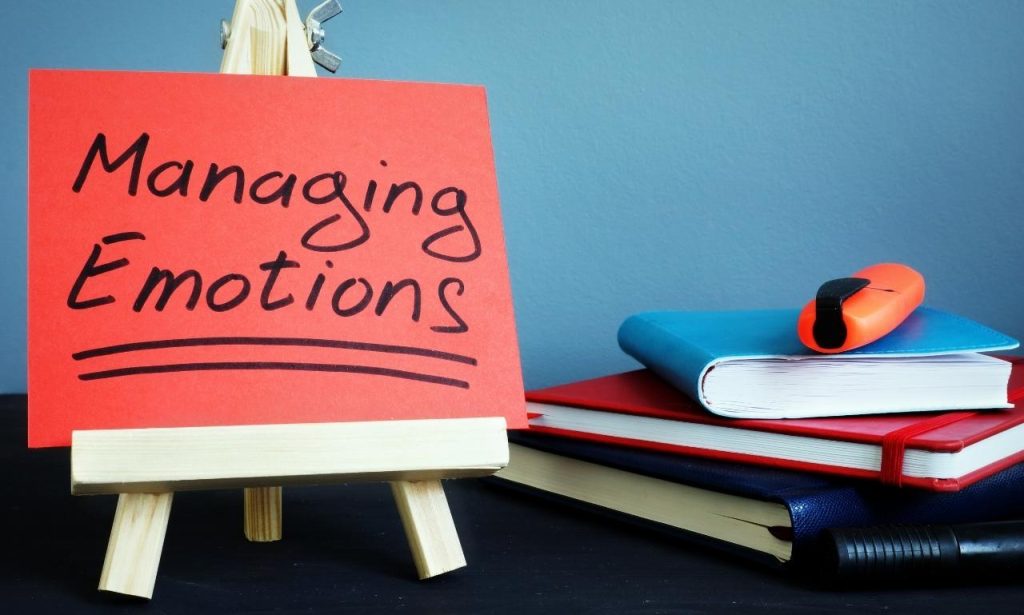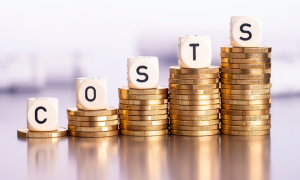Social anxiety can be overwhelming. It makes everyday situations feel unbearable. Meeting new people, making eye contact, or speaking in public becomes difficult. But what happens inside the brain that causes these feelings?
This article explores how social anxiety affects the brain. It also covers symptoms, causes, and treatment options. Social anxiety is more than just nervousness—it has a scientific explanation. Understanding it can help manage its impact and improve quality of life.
What Is Social Anxiety?

Social anxiety is the fear of social situations. It triggers feelings of embarrassment and self-consciousness. People with social anxiety often avoid conversations, public places, and large gatherings. They worry about being judged, ridiculed, or humiliated.
Social anxiety exists on a spectrum. Some people only feel nervous in certain situations, while others experience it constantly. It can affect work, relationships, and overall happiness.
What Is Social Anxiety Disorder?
Medical science identifies Social anxiety disorder (SAD) as a mental health condition. The condition extends past the basic feeling of shyness or awkwardness. The severity of fear disrupts normal daily functioning. The severity of SAD causes individuals to steer away from social situations.
Social anxiety disorder starts affecting people during their childhood years or teenage period. The condition continues into adult years when people fail to receive proper treatment. The condition known as SAD generates feelings of loneliness and depression while also reducing career prospects.
How Does Social Anxiety Affect the Brain?
Social anxiety produces functional changes in brain operations along with emotional effects. Basic emotional responses and fear activation mechanisms stem from different parts of the human brain. This analysis will focus on investigating neural activity changes resulting from social anxiety.
The Role of the Amygdala
The amygdala processes fear and emotional functions. People with social anxiety experience excessive activation in this area, which causes the brain to show increased fear reactions. A typical conversation often causes worry to become exaggerated, resulting in sweating and a quickening heart rate.
The Prefrontal Cortex and Emotional Control

The prefrontal cortex manages emotions and rational thinking processes. However, the region in the brain called the prefrontal cortex operates at a lower level in patients who suffer from social anxiety. Because of this condition, their ability to manage fear reactions becomes impaired, and their anxiety escalates more pronounced than in their initial state.
The Cingulate Cortex and Negative Emotion Processing
The cingulate cortex operates as a system for emotion control in the human body. Research findings demonstrate elevated activity in this region among people with social anxiety. Due to increased brain activity, negative emotions become more powerful. Those with SAD typically scrutinize social encounters excessively before focusing on minor misinterpretations.
The Orbitofrontal Cortex and Social Feedback Interpretation
The orbitofrontal cortex helps process social feedback. It allows individuals to interpret how others perceive them. In those with social anxiety, this region becomes overactive. They are overly sensitive to negative feedback and misinterpret neutral interactions as judgmental.
Types of Social Anxiety Disorder
Not all social anxiety is the same. There are different types, each with distinct characteristics.
Generalized Social Anxiety Disorder
This type affects multiple social situations. People fear everyday interactions, from ordering food to making phone calls. They experience extreme distress in public settings.
Performance-Only Social Anxiety Disorder
This type occurs in specific situations, like public speaking or performing on stage. People with performance-only SAD can handle casual conversations but panic when they have to perform.
What Triggers Social Anxiety?
Several factors can trigger social anxiety. Common triggers include:
- Public speaking
- Meeting new people
- Making eye contact
- Being the center of attention
- Attending social events
Past experiences also contribute. A traumatic event, bullying, or excessive criticism can increase the risk. Environmental and genetic factors play a role as well.
Social Anxiety Disorder Symptoms
Symptoms of social anxiety vary in intensity. Common signs include:
- Rapid heartbeat
- Excessive sweating
- Shaking or trembling
- Difficulty making eye contact
- Avoidance of social situations
- Overanalyzing past interactions
These symptoms can lead to isolation. People with SAD often avoid opportunities, affecting personal and professional growth.
Social Anxiety Disorder Causes
Social anxiety disorder develops through multiple factors that work independently to create the condition. Various elements influence its development process.
Genetic Factors
Genetic factors play an essential role in the development of social anxiety. Research indicates that children develop anxiety when their parents experience anxiety symptoms. Scientists who have studied twins have established that hereditary elements significantly affect the development of anxiety disorders.
Environmental Factors
Life experiences shape social anxiety. Bullying, rejection, or strict parenting can increase the risk. Stressful life events, such as moving to a new city or starting a new job, can also trigger symptoms.
Brain Chemistry and Neural Mechanisms
Neurotransmitters like serotonin and dopamine regulate mood. Imbalances in these chemicals contribute to anxiety. Functional imaging studies show that individuals with SAD have abnormal brain activity patterns.
How Can It Affect Your Life?
Social anxiety can make life challenging. It impacts relationships, career choices, and overall happiness. Many avoid social situations to escape discomfort, leading to loneliness and missed opportunities.
I struggled with social anxiety for years. Speaking in front of an audience felt impossible. It affected my confidence and business growth. Learning about the brain’s role in anxiety helped me take small steps to overcome my fears.
Social Anxiety Disorder Treatment
Fortunately, social anxiety is manageable. Several treatments help reduce symptoms and improve quality of life.
Cognitive-Behavioral Therapy (CBT)
CBT is one of the most effective treatments for social anxiety. It helps individuals recognize and challenge negative thought patterns. Through practice, people learn to reframe their fears and develop coping strategies.
Exposure Therapy

Exposure therapy gradually introduces feared situations. The goal is to rewire the brain’s response to social interactions. Over time, anxiety levels decrease as people build confidence.
Medication
Certain medications can help manage social anxiety. Selective serotonin reuptake inhibitors (SSRIs) are commonly prescribed. These medications help regulate neurotransmitter levels, reducing anxiety symptoms.
Lifestyle Changes
Simple lifestyle adjustments can improve anxiety symptoms. Regular exercise, mindfulness practices, and a balanced diet enhance mental health. Reducing caffeine and alcohol intake also helps manage anxiety.
Conclusion
Social anxiety disorder is more than shyness—it is a real mental health condition. It affects brain activity and daily life. The fear response affects the amygdala, the prefrontal cortex, and other brain regions.
I remember avoiding social events due to anxiety. It held me back from networking and career opportunities. Understanding how my brain reacted helped me develop strategies to manage my anxiety. You can do the same. With the right approach, social anxiety does not have to control your life.
Also Read: How to Own a Dental Lab
FAQs
It increases amygdala activity, reduces prefrontal cortex control, and heightens negative emotion processing.
There is no cure, but therapy and lifestyle changes can reduce symptoms.
The amygdala, prefrontal cortex, cingulate cortex, and orbitofrontal cortex play key roles.
Genetics contribute, but environmental factors also play a significant role.
Cognitive-behavioral therapy (CBT) is the most effective treatment.
Yes. Exercise, mindfulness, and reducing caffeine intake can improve symptoms.




